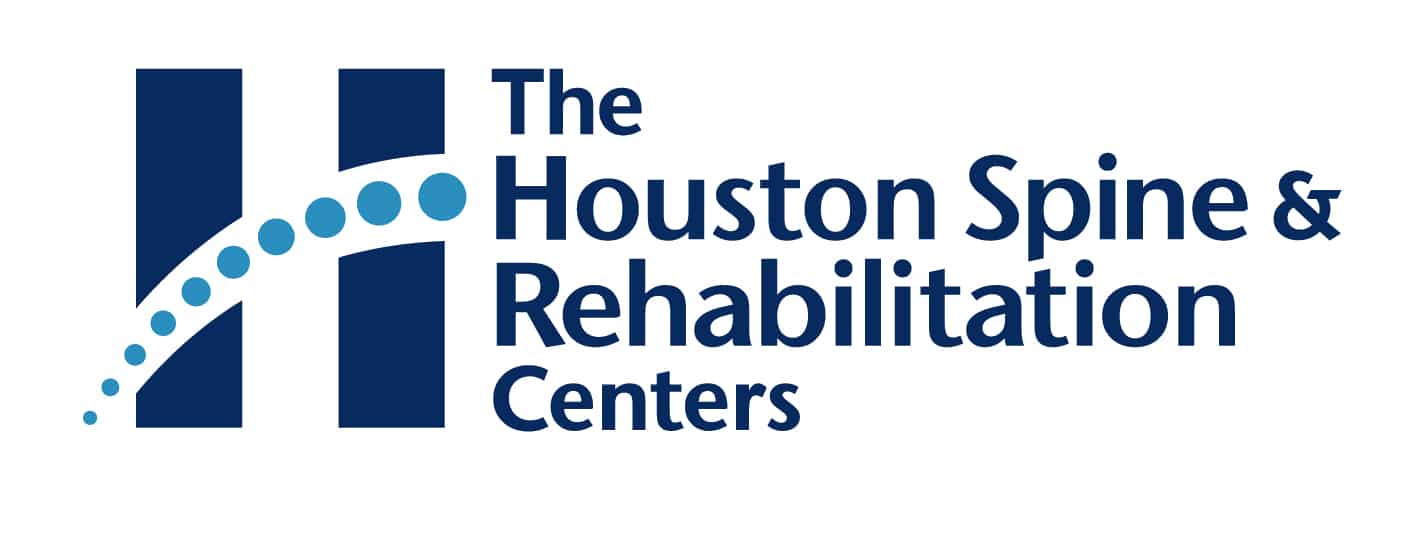When it comes to tackling the discomfort and mobility challenges posed by spinal problems, surgery often looms large in the conversation. It's seen as the definitive, albeit daunting, pathway to relief. However, the landscape of spinal health care is evolving, offering a beacon of hope for those seeking less invasive solutions. This post dives into the realm of non-surgical alternatives, shining a light on conservative back pain care options that promise relief without the scalpel.
Understanding Spinal Problems
Spinal issues, ranging from herniated discs and spinal stenosis to degenerative disc disease, can significantly impair quality of life. These conditions manifest as chronic pain, limiting mobility and affecting daily activities. The spine, being the central pillar of support for the body, demands attention and care when afflicted.
Traditional Surgical Solutions
Surgical interventions like spinal fusion, laminectomy, and discectomy have been the go-to solutions for severe spinal conditions. These procedures can offer relief for those who have not benefited from non-invasive treatments. However, surgery comes with its share of risks—such as infection, nerve damage, and the potential for future surgeries—as well as a significant recovery period.
The Rise of Non-Surgical Alternatives
The good news is that surgery is not the only path to pain relief. A myriad of non-surgical alternatives have emerged, offering effective ways to manage and alleviate back pain.
Exercise and Weight Loss
A tailored exercise program can strengthen the muscles supporting the spine, improving posture, and reducing pressure on the spinal nerves. Coupled with weight loss, it can significantly decrease the severity of back pain. Low-impact activities like swimming, cycling, and yoga are beneficial in this regard.
Physical Therapy
A physical therapist can help design an exercise regimen that targets specific problem areas. This approach not only strengthens the spine but also improves flexibility and range of motion. It's a low-risk option that offers maximum relief for mild to moderate spinal issues.
Posture Programs
By engaging in certain targeted exercises and adopting mindful practices, individuals can significantly correct their posture. This adjustment reduces the stress placed on the spine, thereby offering substantial relief from chronic pain that often hampers daily activities. These methods not only alleviate discomfort but also contribute to overall spinal health and well-being.
Medications and Injections
Pain relief medications, such as acetaminophen and NSAIDs, along with epidural steroid injections, can temporarily alleviate pain by reducing inflammation and blocking nerve pain signals. This provides individuals with a window of opportunity for rehabilitation through physical therapy, allowing for exercises and treatments that can lead to longer-term relief and recovery.
Physical Therapy
Physical therapists possess the expertise to create customized exercise programs specifically aimed at back care. These programs are meticulously designed to include exercises that both stretch and strengthen the back muscles, which is essential for improving overall back function. By focusing on enhancing mobility through stretching, and bolstering muscle strength to support the spine, these customized routines play a pivotal role in alleviating back pain. Such targeted programs not only aid in pain reduction but also contribute to a long-term improvement in the quality of life by preventing future back issues and promoting a more active and pain-free lifestyle.
Chiropractic Care
Chiropractors specialize in the use of spinal manipulation, a technique aimed at relieving pressure on the nervous system. This approach is fundamental to chiropractic care as it improves spinal function, promotes better alignment, and helps in reducing pain. By carefully adjusting the spine, chiropractors can alleviate discomfort and improve mobility for individuals suffering from various back and neck conditions. This form of therapy not only focuses on immediate pain relief but also contributes to the overall well-being of patients by supporting the body's natural healing processes.
Regenerative Medicine
Treatments such as platelet-rich plasma (PRP) injections are designed to harness the body's natural healing capabilities. By concentrating platelets from the patient's own blood and injecting them into the affected area, PRP therapy stimulates the body to repair tissues, offering significant relief from pain and inflammation. This innovative approach is especially beneficial for injuries and conditions that traditionally respond slowly to conventional treatments, making it a promising option for those seeking to boost their recovery process.
Aquatic Therapy
Exercising in water offers a unique advantage by significantly reducing the body's weight on the spine, which facilitates pain-free movement and allows for more effective strengthening of the muscles. This buoyancy effect means that individuals can engage in physical activity without the strain and stress that land-based exercises might impose on their spinal structures, making aquatic therapy an ideal form of rehabilitation and fitness improvement.
Spinal Decompression
Non-surgical spinal decompression therapy is a treatment method designed to alleviate back pain and promote healing without the need for invasive procedures. This therapy works by gently stretching the spine, which in turn, creates negative pressure within the discs (the gel-like cushions between the bones in your spine). This negative pressure helps to reposition bulging or herniated discs, allowing them to receive more nutrients and oxygen which aids in the healing process. By reducing pressure on the discs, spinal decompression therapy can significantly relieve pain caused by sciatica, degenerative disc disease, herniated discs, and other spinal-related conditions. Additionally, this therapy can help improve mobility and overall quality of life for individuals suffering from chronic back pain.
Laser Therapy
Low-level laser therapy, also known as cold laser therapy, offers a non-invasive solution to reducing inflammation and managing pain. This innovative treatment utilizes specific wavelengths of light to interact with tissue and is believed to help accelerate the healing process by stimulating cell regeneration. Unlike surgical or more invasive procedures, low-level laser therapy targets affected areas to promote quicker recovery times without the need for cuts, anesthesia, or extended recovery periods.
Benefits and Efficacy of Non-Surgical Approaches
Non-surgical treatments for back pain offer several advantages over surgery. They are generally less risky, have shorter recovery times, and can be highly effective in managing chronic pain. These conservative approaches empower individuals to take an active role in their recovery, often leading to long-term lifestyle changes that improve overall spinal health.
Factors to Consider When Choosing Between Surgery and Non-Surgical Options
Deciding between surgery and non-surgical treatment involves considering the severity of your condition, your lifestyle, and your overall health. Factors like the duration and intensity of pain, effectiveness of previous treatments, and personal health goals should guide this decision. Consulting with healthcare professionals and evaluating your options will help you choose the best course of action for your specific situation.
Find Back Pain Relief Today
Exploring all available treatment options before considering surgery is vital for anyone suffering from spinal problems. The array of non-surgical alternatives offers hope and potential paths to relief that align with different lifestyles and preferences. At The Houston Spine & Rehabilitation Centers, we're dedicated to providing personalized care to help you find the most effective, conservative back pain care for your needs.
Don't resign yourself to the idea that surgery is your only option. Reach out to us at +12817710282 or visit our locations in Woodlands, TX & Houston, TX, and take the first step towards reclaiming your life from back pain. Together, we can explore your back pain relief options and set you on the path to recovery.


